Did you know your transaction reporting obligations don’t end when the necessary information has been submitted to the authorities? Besides providing the relevant data, you still need to confirm that the transaction reporting occurred in a timely and accurate manner as it’s required by the regulation. This, in turn, raises another crucial question: What exactly does “timely and accurate” mean, and how does this play a role in the efficient monitoring process?
Timeliness of Reporting
Generally speaking, Transaction Reporting must be done on a T+1 basis. T+1 means that the reporting must take place by the end of the next (local) business day from the execution of the transaction. To achieve this, you need to ensure that:
- Any reporting data is provided at a designated time that is agreed with the Competent Authority (CA) /Service Provider (SP).
- Processing of the data from the CA/SP is performed on time so that you may have enough time to react in case of negative feedback.
- Any resubmissions that need to be done must be submitted as early as possible.
The above steps will ensure that you have reported and handled any rejections within T+1 and, ideally, within your working hours.
Data Accuracy
Accurate data is critical when it comes to reporting.
The obligation is not only to carry out the reporting (i.e. submit the data to the authorities) but to do it in the right way. Therefore, it is important to automate this process as much as possible. The less human intervention applied to the data, the fewer potential mistakes that might occur.
Monitoring of the Reporting
When the reporting has been performed, it would be prudent to perform, on a daily basis, a reconciliation that follows some specific checks. Then, a more in-depth reconciliation should be carried out on a weekly or monthly basis.
Daily reconciliation should be performed once the reporting has been finalised and, ideally, you should check on the following:
- The timeliness of the reporting. Has the reporting been done within T+1?
- The number of transactions reported. Does the number match the number of transactions in the trading system? Ideally, you should also check the number of different reporting messages (new, termination, modification, valuation, etc.) vs the relevant actions on the trading system (openings, closings, modifications, transactions that remained open overnight, etc.)
- If any rejections have been received, you need to take corrective measures within the day to meet your T+1 obligations.
Weekly or monthly reconciliation will allow you to go deeper into the reporting process and identify possible errors. This process would include the following:
- Performing a health check of the process you have in place, mainly on the data extraction. This will ensure that the data is provided on time and that you do not have any unexpected or unattended internal issues.
- Checking that the source data provided to the service provider or used for reporting is accurate and in line with your trading setup. Some core fields you could check are price, execution time (in UTC), notional amount, counterparties, and side of the trade (buy or sell).
- Making sure that procedures are up to date when it comes to adding new financial instruments in your trading setup and, subsequently, to your reporting, and that you avoid underreporting or overreporting. This also relates to any new clients, especially NFCs within EEA and other broker clients that need to be identified within the reporting using their corresponding LEIs.
- Performing reconciliation in case you delegated your reporting to other counterparties to make sure that the transactions they report on your behalf are in line with what you have in your trading system, as well as the data reported is accurate.
All of the above assist in the efficient monitoring of your transaction reporting. The sequence in which you perform these steps depends solely on your own preferences. However, you need to keep in mind that this process is critical in making sure that you have met all your reporting obligations. Monitoring is an ongoing process and, given the latest Data Quality Reviews performed by the regulators, ensuring that all goes well is of paramount importance. To achieve this, a structured monitoring process must be in place.
MAP FinTech is one of the earliest innovators in the RegTech space, being highly regarded for its Regulatory Transaction Reporting Technology and exceptional client-centric after-sales support. If you are having difficulty implementing the above, you can contact our team of experts here.
